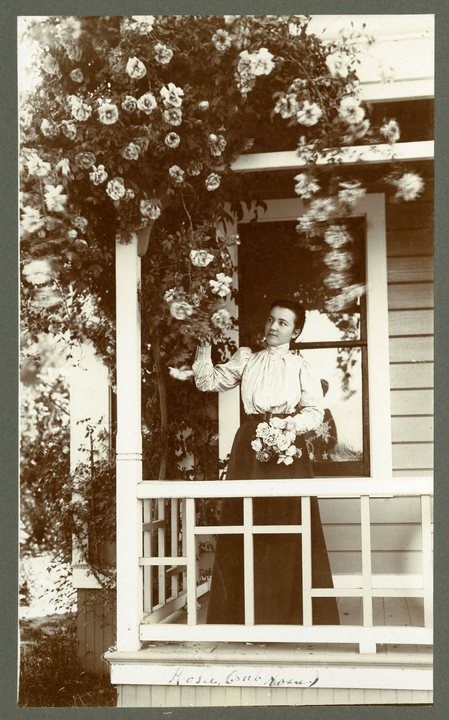While working through the archives related to The Almighty by Irving Wallace this week, I could not help but notice the number of revisions at each stage of the writing process. For anyone wanting to research a prolific author’s writing process, the Irving Wallace Papers offer a phenomenal opportunity. Wallace not only saved multiple drafts of each of his works, but he also tended to write notes on the top page reflected what changes he’d made.
On the original manuscript of The Almighty, before even sending to his agent, Wallace’s inscription indicated his multiple drafts. His note, dated March 25, 1982, stated, “This is the original draft written and typed by me from October 8, 1981 to January 28, 1982, and revised by me six times.” Six!
But those six revisions were just the beginning. Once the book was accepted for publication by Double Day, the manuscript went through at least another twelve to fifteen revisions between working with his editor, his agent, and the printers. At least point up until the very last moment before the printer was set to print the work, Wallace not only corrected errors, but also inserted whole changes to sentences, sections, and sometimes whole pages. Wallace’s notes throughout made mention of the number of revisions sent to editors, publishers, and printers as well as the extent of those revisions. One note I recall seeing mentioned that his editor, his publisher, a friend, his children, and his wife Sylvia had all provided feedback that he had incorporated into the draft—as well as some new material that was in his mind and he wanted to add to the manuscript.
I can only imagine how the publishers might have felt about these last minute changes. It might have been upsetting at first, but the man did publish more than 30 works and is considered a best-selling American novelist. At some point, I would guess, a publisher learns to let the artist be the artist and just works as quickly as they can. Certainly the archives indicate there was no shortage of adaptations to work with Wallace. For example, one file includes multiple letters between Wallace and his editor and the publisher and Wallace all discussing the logistics of getting a set of galley proofs to him in Paris while he was traveling and setting up a telex call to send revisions via shorthand noted in the letters. He ultimately gave the revisions verbally over a phone call, but what a nightmare trying to coordinate all that for the publisher!
Stay tuned for more writing insights from The Irving Wallace Papers…










